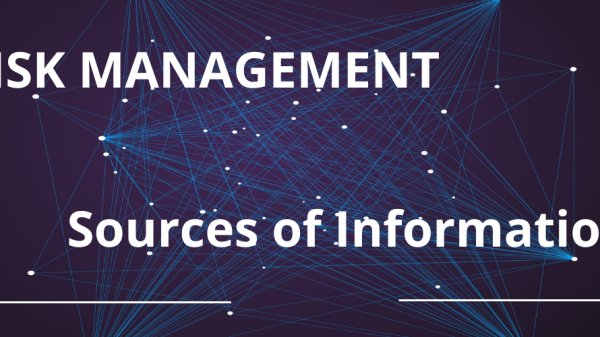By Kaitlyn Killeen August 22, 2022
Every investor’s strategy is unique. When it comes to equities, people invest with all different strategies: long-term, short-term, high growth, stability, dividend income, and countless others. Investors choose their respective strategies to fulfill their own needs depending on where they are in life. One investor may be a young person who has lots of time ahead of them to make mistakes with a lot less to lose, or another investor may be an older person with a shorter horizon and much more to lose. The younger person may opt to purchase riskier growth stocks, while the older person may opt to purchase stable stocks that offer a growing dividend.
The investing strategy this article will focus on is the dividend investing strategy, which may be more popular among the older crowd, or younger investors with a lower risk tolerance.
So, What is a Dividend?
There are two ways you can make money from a stock: the stock rises in price or the company pays its shareholders a dividend.
You can think of a dividend as a reward to investors for investing in a company’s stock. When a shareholder receives a dividend payment from the company they are invested in, the company is giving their shareholders a piece of their earnings.
It’s important to note that not all companies pay a dividend. This is not necessarily a positive or negative attribute, but definitely something to consider when choosing an investment. For example, is the company not paying a dividend because they’re reinvesting in their business? Is the company doing share buybacks instead of paying a dividend? Is the company not paying a dividend because they are struggling financially? These are just some questions to consider.
When Will I Receive Dividend Payments?
When a company pays a dividend, it is typically paid out on a quarterly basis. However, a company can pay out dividends annually or even on a monthly basis.
When you receive these dividend payments, you can decide whether to reinvest these dividends or not. This means you can either receive the payments and keep them for yourself, or you can purchase more stock with the payment (many investors will argue that the better option is the latter).
Dividend payments are seen as a form of passive income as the shareholder is receiving payments simply for holding shares of a company. To paint that picture, if an investor is purchasing shares of a stock and plans to hold it for the long term, that investor can make their initial purchase and receive payments quarterly for as long as they hold it. The only active part is the initial investment, making these dividend payments a form of passive income.
How are Dividends Measured?
The amount paid out to shareholders in the form of a dividend is referred to as a dividend yield. The dividend yield represents the amount paid annually to investors as a percentage of its share price. For instance, if you are invested in a company that pays a $0.30 dividend annually, and the share price is $20, that company would have a 1.5% dividend yield.
What’s a Good Dividend Yield?
The higher the percentage, the better the yield and a bigger dividend payment for you. As for what percentage to look for, 2% to 4% is generally seen as a “good” dividend yield.
Dividend yields can be higher than this, notably with real estate investment trusts (REITs). This is a topic for another article, but REITs are required to distribute at least 90% of their net income as dividends to shareholders. Because of this, REITs generally have significantly higher dividends than you will find with other stocks.
Where Can I Invest to Receive Dividend Income?
Dividend aristocrats provide a stable opportunity to receive dividend income because in order to qualify as a dividend aristocrat, a company must pay an increasing dividend for at least 25 years. At this point, it’s generally safe to assume that you will continue receiving an increasing dividend payment from this company.
If you are considering using a dividend income investment approach, a good place to start might be with dividend aristocrats. Here are a few:
- International Business Machines Corp. (IBM)
- Years of Increasing Dividend: 26
- Dividend Yield: 4.8%
- Walgreens Boots Alliance (WBA)
- Years of Increasing Dividend: 46
- Dividend Yield: 3.8%
- VF Corp. (VFC)
- Years of Increasing Dividend: 50
- Dividend Yield: 3.2%
- Franklin Resources (BEN)
- Years of Increasing Dividend: 41
- Dividend Yield: 3.7%
- 3M Co. (MMM)
- Years of Increasing Dividend: 64
- Dividend Yield: 3.7%
It’s important to determine what strategy is right for you as an investor. Determine your goals and risk tolerance, and from there, determine what strategy is best suited for you (which may or may not include dividend investing).







